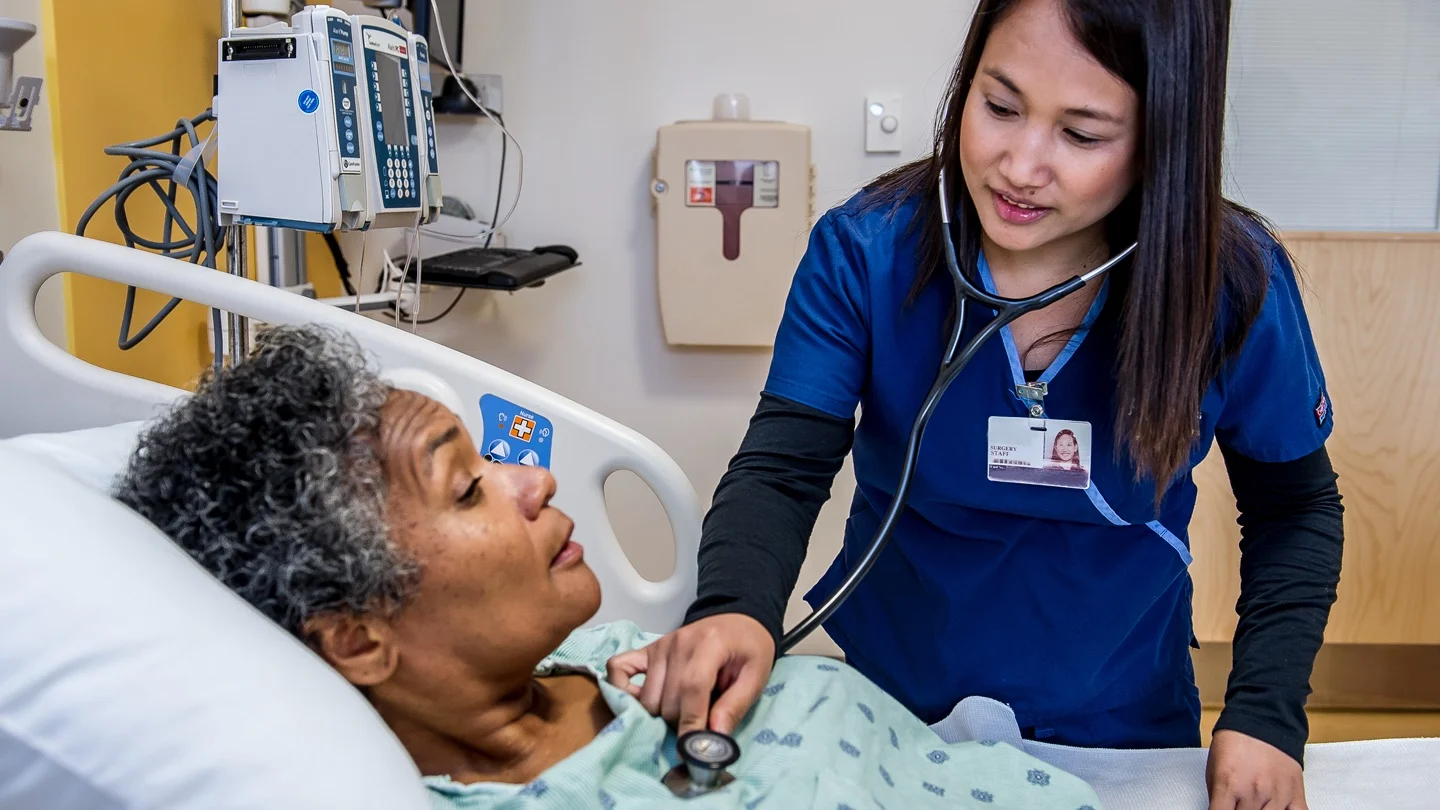Today our topic of discussion is Procedure of Gastric Analysis.
Procedure of Gastric Analysis

Procedure
- The client should be on NPO for 8 hours to 12 hours- prior to the test.
- Smoking should be restricted for hours .
- Certain groups (ie. anticholinergies, cholinergics, adrenergic blockers, antacid, and steroids) and alcohol and coffee should be restricted for at least 24 hours. before the test.
- It should be noted on the request slip if the drugs cannot be withheld
- Baseline vital signs should be recorded
- Loose dentures should be removed
- A lubricated nasogastric tube is inserted through the nose or mouth
- A residual gastric specimen and four additional specimens taken 15 minutes apart should be aspirated and labeled with the client’s name, the time, and a specimen number.
- The nasogastric tube may be attached to low intermittent suction.
- Stimulation test: A continuation of the basal gastric analysis.
- A gastric stimulant is administered (1.e. betazole hydrochloride (histalog) or histamine phosphate intramuscularly; pentagastrin subcutaneously)
- Several gastric specimens are obtained over a period of 1-2 hours (histamine four 15-minute specimens in 1 hour and histalog eight 15-minute specimens in 2 hours).
- Specimens should be labeled with the client’s name, the date, the time, and specimen numbers
- Vital signs should be monitored.
- Emergency drugs such as epinephrine (adrenalin) should be available
- The test usually takes 2 and half hours for both parts (basal and stimulation)

Tubeless Gastric Analysis
- The client should be an NPO for 8-12 hours before the test
- The morning urine specimen is discarded
- Certain drugs are withheld for 48 hours before the test (e. antacids, quinine, iron, vitamin B-complex), with the health care providers permission
- Give the client caffeine sodium benzoate 500 mg in a glass of water
- Collect a urine specimen 1 hour later.
- This is control urine specimen
- Give the client the resin dye agent (azuresin or diagnex blue) in a glass of water
- Collect a urine specimen 2 hours later.
- The urine may be colored blue or blue green for several days.
- Absence of color in the urine usually shows absence of HCI in the stomach.

Factors Affecting Diagnostic Results
Incorrect labeling of specimens could affect test results .
Drugs: Antacids, anticholinergics, and histamine blockers (cimetidine, ranitidine) could decrease HCI levels; antacids, electrolyte and iron preparations. vitamin B complex, and quinidine could fastly elevate the diagnex blue level .Stress, smoking and sensory stimulation could increase HCI secretions.
Read more:
